Home>Interior Design>How To Shop For Vintage Furniture: An Expert Guide
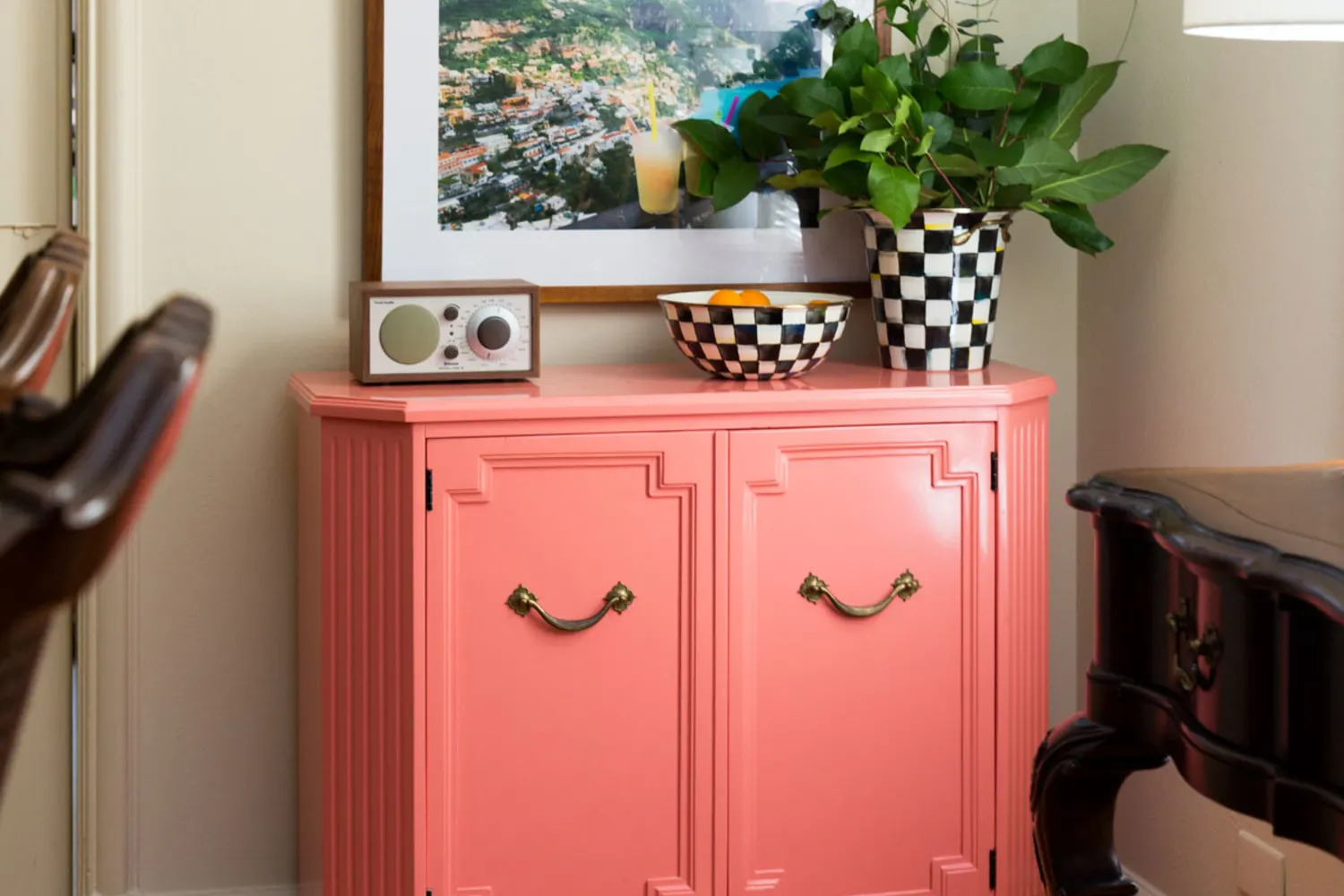

Interior Design
How To Shop For Vintage Furniture: An Expert Guide
Modified: January 19, 2024
Learn expert tips for shopping for vintage furniture and creating stunning interior designs with our comprehensive guide.
(Many of the links in this article redirect to a specific reviewed product. Your purchase of these products through affiliate links helps to generate commission for Storables.com, at no extra cost. Learn more)
Introduction
Welcome to our expert guide on shopping for vintage furniture! If you are a design enthusiast or simply appreciate the charm and character of older pieces, you are in for a treat. Vintage furniture offers a unique way to add personality and history to your home or office space.
But where do you start? How do you navigate the world of vintage furniture, with its diverse styles, price ranges, and conditions? In this guide, we will provide you with the knowledge and insights needed to shop for vintage furniture like a pro.
Understanding vintage furniture goes beyond simply appreciating its old age. It involves recognizing the different styles that emerged during specific time periods, understanding the importance of quality and condition, and estimating the value and price of these timeless pieces. By delving into these aspects, you can make informed and confident decisions when purchasing vintage furniture.
Researching and identifying styles is a crucial step in shopping for vintage furniture. Each era has its own distinct design language, from the ornate and intricate details of the Victorian era to the sleek and minimalistic lines of Mid-Century Modern. By familiarizing yourself with these different styles, you can develop a personal preference and easily identify pieces that align with your aesthetic.
Assessing the quality and condition of vintage furniture is essential to ensure you are investing in a piece that will stand the test of time. Look for well-constructed joints, sturdy materials, and signs of craftsmanship. Additionally, be aware of any signs of damage or wear, as they can affect both the overall look and functionality of the furniture.
Estimating the value and price of vintage furniture can be a challenging task, as it is influenced by factors such as rarity, condition, and demand. Researching comparable pieces and consulting with experts can help you determine a fair price range. Keep in mind that value is not solely determined by monetary worth, but also by the emotional connection and satisfaction it brings to your space.
Choosing the right seller is crucial in ensuring a successful vintage furniture shopping experience. Whether you prefer physical stores, antique fairs, or online marketplaces, it is important to assess the seller’s reputation, authenticity, and customer reviews. Establishing trust and confidence in the seller will give you peace of mind and increase the likelihood of finding a quality piece.
Shopping at physical stores provides a hands-on experience where you can see, touch, and even try out the vintage furniture before making a purchase. Interacting with knowledgeable staff and browsing through carefully curated collections can be an enriching experience that allows you to appreciate the intricate details and craftsmanship of each piece.
Exploring online marketplaces has become increasingly popular, offering convenience and a vast selection of vintage furniture from all over the world. When shopping online, carefully review the seller’s reputation, product descriptions, and images. Be prepared for additional considerations such as shipping fees and return policies.
Lastly, for those who enjoy a DIY approach, we will provide some tips for restoring and refurbishing vintage furniture. With the right tools and techniques, you can breathe new life into old pieces and make them shine once again.
Now that you have an overview of what to expect from this expert guide, let’s dive deep into each aspect of shopping for vintage furniture. From understanding styles to restoring and refurbishing, we’ve got you covered. Get ready to embark on an exciting journey filled with history, craftsmanship, and unique finds.
Key Takeaways:
- Embrace the adventure of vintage furniture shopping by understanding styles, assessing quality, and choosing reputable sellers. Infuse your space with history, craftsmanship, and unique character through timeless pieces.
- Whether exploring physical stores or online marketplaces, vintage furniture shopping is a journey of patience, research, and creativity. Restore and refurbish with love, creating personalized pieces that tell a story in your home.
Read more: How Old Is Vintage Furniture
Understanding Vintage Furniture
Vintage furniture refers to pieces that were made during a specific period in the past, typically between 30 to 100 years ago. It is characterized by its age, craftsmanship, and unique design elements that reflect the artistic and cultural influences of the time.
When shopping for vintage furniture, it’s important to have a good understanding of the different styles that emerged during specific eras. This knowledge will not only help you appreciate the history and craftsmanship behind each piece, but also enable you to find furniture that matches your personal style and complements your existing decor.
Some popular styles of vintage furniture include:
- Victorian: Victorian furniture dates back to the mid-19th century and is known for its ornate and elaborate designs. It features intricate carvings, curves, and rich upholstery. Common materials used include dark woods, such as mahogany and walnut.
- Art Deco: Art Deco furniture gained popularity in the 1920s and 1930s. It is characterized by its sleek and geometric shapes, with influences from Egyptian, Greek, and African art. Art Deco pieces often feature exotic materials like chrome, glass, and lacquered wood.
- Mid-Century Modern: Mid-Century Modern furniture emerged in the mid-20th century and is still highly sought after today. It is known for its clean lines, organic forms, and functionality. Designers like Charles and Ray Eames, Eero Saarinen, and Hans Wegner are synonymous with this style.
- Industrial: Industrial furniture emerged during the early-mid 20th century and is characterized by its utilitarian and raw aesthetic. It often incorporates materials like metal, reclaimed wood, and exposed bolts or gears.
- Scandinavian: Scandinavian furniture is renowned for its simplicity, minimalism, and functionality. It emerged in the mid-20th century and features light woods, clean lines, and a focus on natural materials.
By familiarizing yourself with these different styles, you can narrow down your search and focus on finding vintage furniture pieces that resonate with your personal taste and design preferences.
In addition to understanding the various styles, it’s important to consider the materials used in vintage furniture. Solid wood, such as oak, mahogany, and teak, are often found in high-quality vintage pieces. Look for signs of craftsmanship, such as dovetail joints and hand-carved details, as these indicate a well-made piece.
Another aspect to consider when understanding vintage furniture is the idea of authenticity. Original vintage pieces are highly sought after and often come with a higher price tag. However, there are also replicas and reproductions available in the market. While these may look similar, they lack the historical significance and value of true vintage pieces.
To ensure the authenticity of a vintage piece, do your research, consult experts or knowledgeable sellers, and examine any available documentation or markings. A reputable seller will provide transparency and accurate information regarding the origins and authenticity of their vintage furniture offerings.
By understanding the different styles, materials, and the importance of authenticity, you will be well-equipped to make informed decisions when shopping for vintage furniture. Let’s move on to the next step – researching and identifying styles.
Researching and Identifying Styles
When it comes to shopping for vintage furniture, researching and identifying different styles is key to finding pieces that align with your aesthetic preferences. Understanding the characteristics and distinguishing features of each style will help you narrow down your search and make informed decisions.
One way to delve into the world of vintage furniture styles is by exploring design history books, online resources, and visiting museums or exhibitions. These sources provide a wealth of information on the evolution of furniture design, key designers, and the cultural influences that shaped each style.
Here are some popular vintage furniture styles to get you started:
- Art Nouveau: Originating in the late 19th century, Art Nouveau furniture features organic forms, flowing lines, and intricate details inspired by nature. Look out for curvaceous shapes, floral motifs, and the use of materials like stained glass and wrought iron.
- Bauhaus: The Bauhaus movement emerged in the early 20th century and focused on the fusion of art and design with functionality. Bauhaus furniture is characterized by its clean lines, geometric shapes, and the use of materials like tubular steel and plywood.
- Hollywood Regency: Hollywood Regency style emerged in the 1930s and is known for its glamorous and luxurious aesthetic. Look for ornate details, mirrored surfaces, bold colors, and a mix of materials like velvet, gold accents, and lacquered finishes.
- Scandinavian Modern: Scandinavian Modern furniture became popular in the mid-20th century and is known for its simplicity, functionality, and use of natural materials. Look for clean lines, light woods, and a focus on comfort and practicality.
- Retro: Retro furniture refers to pieces that are inspired by designs from the 1950s to 1970s. It often features bright colors, bold patterns, and a sense of nostalgia. Look for curvy forms, plastic materials, and funky upholstery.
As you explore different styles, pay attention to the furniture’s proportions, materials, and unique design elements. Take note of specific features that appeal to you, whether it’s the sleek lines of Mid-Century Modern or the ornate carvings of Victorian furniture.
Additionally, familiarize yourself with the prominent designers and architects associated with each style. For example, Mid-Century Modern enthusiasts may recognize the iconic designs of Charles and Ray Eames, Isamu Noguchi, and Florence Knoll. Understanding the contributions of these designers can further enhance your knowledge and appreciation of vintage furniture.
While researching styles is important, it’s also helpful to trust your instincts and personal preferences. It’s perfectly fine to mix and match different styles in your home or office space to create a unique and eclectic look.
Lastly, consider visiting antique fairs, vintage furniture stores, or engaging with online communities dedicated to vintage design. These platforms allow you to interact with like-minded enthusiasts, gain insights from experienced collectors, and discover hidden gems that may not be readily available elsewhere.
By conducting thorough research and developing a good understanding of different styles, you will be well-equipped to make informed decisions and find vintage furniture pieces that reflect your personal style and enhance your living environment. Next, let’s move on to the next step – assessing quality and condition.
Assessing Quality and Condition
When shopping for vintage furniture, assessing the quality and condition of each piece is crucial to ensure you are making a wise investment. Vintage furniture comes with a history, and its durability and functionality are important factors to consider.
Here are some key aspects to evaluate when assessing the quality and condition of vintage furniture:
Materials: Examine the materials used in the construction of the furniture. Solid wood, such as oak, mahogany, and teak, are often indicators of high-quality vintage pieces. Avoid furniture made from particleboard or laminate, as they tend to deteriorate over time.
Construction: Look for well-constructed joinery, such as dovetail or mortise-and-tenon joints, as they indicate a sturdy and durable piece. Avoid furniture with weak or loose joints, as they may require more extensive repairs in the long run.
Finish: Assess the condition of the finish or surface of the furniture. Scratches, chips, or faded spots can be signs of wear and neglect. However, minor wear and tear can add to the charm and character of vintage furniture, so it’s important to strike a balance between imperfections and usability.
Upholstery: If the vintage furniture has upholstery, inspect it for tears, stains, or signs of fading. Reupholstering can be costly, so consider the condition of the upholstery and whether it can be repaired or replaced easily.
Functionality: Test the functionality of drawers, doors, and any moving parts. Make sure they open and close smoothly without any hitches or sticking. If the furniture has mechanisms, such as recliners or extendable tables, ensure they work properly.
Structural Integrity: Check the overall stability and structural integrity of the furniture. Give it a gentle shake or apply slight pressure to see if it wobbles or feels unstable. Avoid furniture with significant structural damage, as repairing it may be costly or impossible.
Signs of Pests or Damage: Look for signs of pests, such as termites or woodworms, as they can significantly compromise the integrity of the furniture. Check for any water damage, rot, or mold, especially in areas that may have been exposed to moisture.
It’s important to note that not all imperfections are deal-breakers when it comes to vintage furniture. Some signs of age and wear can actually enhance the character and authenticity of the piece. However, it’s essential to ensure that any issues can be addressed and repaired without compromising the structural integrity or usability of the furniture.
If you are unsure about the condition or quality of a vintage piece, consider seeking the guidance of an expert or professional appraiser. They can provide valuable insights and assessments based on their knowledge and experience.
Assessing the quality and condition of vintage furniture is a crucial step in making an informed purchase. By carefully evaluating each aspect of the furniture, you can ensure that you are investing in a piece that will bring both aesthetic pleasure and functional longevity. Now, let’s move on to the next step – estimating value and price.
Estimating Value and Price
Estimating the value and price of vintage furniture can be a complex task due to various factors that influence its worth. Understanding these factors will help you make informed decisions and ensure that you are paying a fair price for the piece you desire.
Here are some key factors to consider when estimating the value and price of vintage furniture:
Rarity: The rarity of a particular vintage piece greatly affects its value. If a piece is from a limited production run or is a distinctive design by a renowned designer, it will likely have a higher value compared to more common pieces.
Designer or Manufacturer: Vintage furniture pieces designed by well-known designers or created by prestigious manufacturers often have higher value due to their reputation and craftsmanship. Researching the designers and manufacturers associated with specific vintage furniture styles can give you an idea of their market value.
Condition: The condition of a piece plays a significant role in determining its value. While minor wear and tear can be expected with vintage furniture, extensive damage or significant repairs needed may decrease its value. Well-maintained pieces with minimal restoration tend to have a higher value compared to heavily refurbished or altered pieces.
Demand and Popularity: The demand for specific vintage furniture styles or designs can greatly impact their price. Popular styles, such as Mid-Century Modern, are often in higher demand, resulting in higher price tags. Keep in mind that trends in the vintage furniture market can evolve over time, so it’s important to assess current demand and popularity.
Market Conditions: Factors such as economic conditions, current market trends, and location can affect the value and pricing of vintage furniture. Prices may vary in different regions or countries based on the demand and availability of specific styles or designers.
Authenticity: Authentic vintage furniture pieces, especially those with original documentation or maker’s marks, tend to have a higher value compared to replicas or reproductions. Ensure that you are purchasing from reputable sellers who can provide the necessary authentication and documentation for the piece.
There are various resources available to help you estimate the value and price range of vintage furniture. Auction results, specialized vintage furniture dealers, and online marketplaces can give you insights into the market value of similar pieces. Consulting with experts or appraisers can also provide valuable information and opinions regarding the value of specific vintage furniture items.
While it’s important to consider the monetary value of vintage furniture, it’s equally important to assess the value it adds to your space and your personal enjoyment. Vintage furniture offers a unique opportunity to incorporate history, craftsmanship, and character into your home or office. Whether an item is considered valuable in terms of price or sentimental worth ultimately depends on your personal preferences and the significance it holds for you.
By taking into account these factors and consulting various resources, you can confidently estimate the value and price of vintage furniture and make informed decisions that align with your budget and preferences. Now, let’s move on to the next step – choosing the right seller.
When shopping for vintage furniture, always measure the space you have available in your home before making a purchase. This will ensure that the piece will fit perfectly in your space.
Read more: How To Identify Vintage Wicker Furniture
Choosing the Right Seller
When it comes to shopping for vintage furniture, choosing the right seller is essential to ensure a smooth and trustworthy transaction. Whether you prefer physical stores, antique fairs, or online marketplaces, there are certain factors to consider when selecting a seller.
Reputation: Research the reputation of the seller before making a purchase. Look for feedback or reviews from previous customers to gauge their reliability and customer service. Reputable sellers will have a track record of providing accurate descriptions, fair pricing, and ethical business practices.
Authenticity and Knowledge: Verify that the seller has expertise in vintage furniture and can provide authentication or provenance for the pieces they sell. They should have a deep understanding of different styles, designers, and materials. Knowledgeable sellers will be able to answer your questions and provide additional information about the vintage furniture in their inventory.
Transparency: The seller should be transparent about the condition and any necessary repairs or restoration work done on the vintage furniture. They should accurately disclose any imperfections or alterations, allowing you to make an informed decision. A reliable seller will also provide clear and detailed photographs and descriptions of the items for sale.
Return Policy and Guarantee: Understand the seller’s return policy, particularly when purchasing online. Ensure that you have the option to return the item if it does not meet your expectations or if there are any misrepresentations. Reputable sellers will offer a fair return policy and may also provide guarantees or warranties for the vintage furniture they sell.
Shipping and Packaging: If purchasing online, consider the seller’s shipping and packaging practices. Vintage furniture requires careful handling and adequate packaging to prevent damage during transit. Verify that the seller has experience in shipping large or delicate items and offers insurance for added protection.
Expert Opinions: Seek out the advice of experts or appraisers when evaluating a particular seller or piece of vintage furniture. They can provide insights into the reputation and authenticity of the seller, as well as the value and quality of the furniture. Consulting with experts helps mitigate the risk of purchasing from unreliable sources.
Personal Connection: Trust your instincts and establish a personal connection with the seller. Communication and customer service are essential aspects of a positive buying experience. A seller who is responsive, attentive, and willing to address your concerns or questions can be an indication of their professionalism and commitment to customer satisfaction.
Remember, the right seller is someone you can trust to provide accurate information, fair pricing, and reliable customer support. Whether you choose to shop in person or online, conducting proper due diligence and research will help you make confident and informed decisions when purchasing vintage furniture.
Now that you know how to choose the right seller, let’s explore the options available for shopping at physical stores in the next section.
Shopping at Physical Stores
Shopping at physical stores for vintage furniture provides a unique hands-on experience that allows you to fully immerse yourself in the world of vintage design. Here are some tips to make the most of your physical store shopping experience:
Research and Plan: Before visiting physical stores, research and identify the ones that specialize in vintage furniture. Check their hours of operation and any specific guidelines or appointment requirements. Planning your visit ensures that you allocate sufficient time and have an idea of what to expect.
Visit Reputable Stores: Look for reputable vintage furniture stores that have a track record of quality pieces and excellent customer service. Word-of-mouth recommendations, online reviews, and ratings can help guide you to trustworthy stores.
Inspect and Test: In a physical store, you have the advantage of being able to inspect and test the furniture firsthand. Examine the piece from all angles, check for any damage or wear, and test the functionality of drawers, doors, or any movable parts. Don’t hesitate to ask the staff any questions or request additional information.
Consider Size and Scale: Take measurements of the space where you plan to place the vintage furniture, and bring the measurements with you to the store. This will help you ensure that the piece fits well and doesn’t overpower the room or look disproportionate to other items.
Ask about Authenticity and Provenance: Inquire about the authenticity and provenance of the vintage furniture. Ask if there are any supporting documents, labels, or marks that can provide information about the history or designer of the piece. Reputable stores should be transparent and knowledgeable in providing this information.
Engage with Staff: Interact with the store staff, as they often have a wealth of knowledge about vintage furniture. They can offer valuable insights, background information, and recommendations based on your preferences. They may also inform you about new arrivals or upcoming sales.
Take Your Time: Don’t rush the shopping process. Vintage furniture is unique, and finding the perfect piece may take time. Take your time to explore different sections of the store and consider how each piece fits into your vision. Trust your instincts and only make a purchase when you are fully confident in your choice.
Consider Delivery Options: Vintage furniture can be bulky and heavy, so inquire about the store’s delivery options. Some stores may offer delivery services for an additional fee, while others may recommend trusted third-party providers. Ensure that the delivery service can handle the furniture safely and securely.
Negotiate and Bargain: In physical stores, there is often room for negotiation on the price of vintage furniture. Don’t be afraid to engage in friendly negotiation with the seller, especially if there are minor flaws or if you are purchasing multiple pieces. However, remember to be respectful and reasonable in your negotiation approach.
Shopping at physical stores for vintage furniture offers a unique and tactile experience. It allows you to appreciate the craftsmanship, details, and overall aesthetic of each piece before making a purchase. By following these tips, you can make the most of your shopping experience at physical stores and find the perfect vintage furniture to complement your space.
Ready to explore the world of online marketplaces? Let’s move on to the next section.
Exploring Online Marketplaces
Online marketplaces have revolutionized the way we shop for vintage furniture. With a wide range of options and the convenience of browsing from the comfort of your own home, these platforms provide access to a vast selection of vintage furniture from all around the world. Here are some tips for making the most of your online shopping experience:
Choose Reputable Marketplaces: Select well-established and trustworthy online marketplaces that have a dedicated section for vintage furniture. Platforms such as Etsy, eBay, and Chairish are popular choices due to their extensive selection and buyer protection policies.
Read Descriptions and Study Photos: Carefully read the product descriptions and study the provided photos. Look for clear and detailed information about the condition, dimensions, and any imperfections of the vintage furniture. Zoom in on the photos to get a closer look at the details and finishes.
Check Ratings and Reviews: Pay attention to the seller’s ratings and reviews. Previous customers’ feedback can provide insight into the seller’s reliability, customer service, and the accuracy of their descriptions. Look for positive reviews and check if there have been any negative experiences reported.
Ask Questions: If you have any questions or concerns about the vintage furniture, don’t hesitate to reach out to the seller. Ask for additional photos, more detailed information, or clarification on any aspect of the piece that may be unclear. Prompt and informative responses can give you a better understanding and confidence in your purchase.
Review Return Policies: Take note of the seller’s return policy. Ensure that you have the option to return the item if it does not meet your expectations or if there are any misrepresentations. Understand the conditions, timeframe, and any associated costs for returning the vintage furniture before making a purchase.
Consider Shipping Costs and Logistics: Vintage furniture can be large, heavy, and delicate, so carefully review the shipping costs and logistics. Some sellers offer free or discounted shipping, while others may charge additional fees based on the size and weight of the item or your location. Take note of any special packaging or handling requirements to prevent damage during transit.
Secure Payment Methods: Use secure payment methods provided by the online marketplace to protect your financial information and ensure a safe transaction. Avoid making payments outside of the platform, as this may put you at risk of scams or fraudulent activities.
Set a Budget: Determine your budget before exploring online marketplaces. Vintage furniture comes in a wide range of prices, so having a budget in mind will help you narrow down your options and focus on pieces that align with your financial constraints.
Be Patient and Persistent: Online marketplaces offer a vast selection, but it may take time to find the perfect vintage furniture piece. Be patient, persistent, and revisit the marketplace regularly as new items are added regularly. Consider using filters and search settings to refine your results based on specific styles, materials, or price ranges.
Exploring online marketplaces for vintage furniture offers convenience and access to a global marketplace. By following these tips, you can navigate the online shopping experience with confidence and find unique and extraordinary vintage furniture pieces that suit your style and budget.
Ready to tackle the next phase of your vintage furniture journey? Let’s dive into some tips for restoring and refurbishing vintage furniture in the next section.
Tips for Restoring and Refurbishing Vintage Furniture
Restoring and refurbishing vintage furniture can be a rewarding process that brings new life to old pieces. Whether you want to refresh a worn-out piece or customize it to fit your personal style, here are some tips to help you successfully restore and refurbish vintage furniture:
Assess the Condition: Start by assessing the condition of the vintage furniture. Determine the extent of the damage, such as scratches, chips, loose joints, or missing parts. This evaluation will guide you in planning the necessary repairs and restoration techniques.
Clean Thoroughly: Before starting any restoration work, clean the furniture thoroughly. Use mild soap and water or specialized wood cleaners to remove dirt, grime, and old layers of wax or polish. Be cautious not to oversaturate the wood, especially if it is sensitive to moisture.
Repair Structural Issues: Address any structural issues, such as loose joints or wobbly legs, first. Apply wood glue to strengthen joints and clamps to hold them in place while the glue dries. Replace any missing or damaged hardware, such as hinges or drawer pulls, with matching replacements to maintain the vintage aesthetic.
Strip and Refinish: If the vintage furniture has a worn or damaged finish, consider stripping it down to the bare wood and refinishing it. Follow appropriate stripping methods and use chemical strippers or sanding techniques to remove the old finish. Choose a stain or paint that suits your desired look, applying it evenly and following the instructions for drying and sealing.
Reupholster or Repair Upholstery: If the vintage furniture has upholstery, you may choose to reupholster it entirely or repair the existing fabric. Carefully remove the old upholstery, taking note of the order and placement of layers. Replace foam padding, repair springs if necessary, and select a fabric that complements the style of the piece. Use upholstery techniques or consult a professional if you are unsure of the process.
Preserve Originality: While restoring vintage furniture, it’s important to strike a balance between preserving its original character and making necessary repairs. Retain any original features or markings that add to its authenticity and value. Avoid overly aggressive restoration techniques that remove the signs of age and wear, as they contribute to the charm and history of the piece.
Protective Measures: Once you have restored or refurbished the vintage furniture, apply a protective finish or wax to preserve the wood and enhance its durability. This will safeguard the piece from future damage and make it easier to maintain in the long run.
Seek Professional Help if Needed: If you are unsure about certain restoration techniques or if the vintage furniture requires complex repairs, consider seeking the help of professional restorers or upholsterers. They can provide guidance, expertise, and ensure that your project is executed with precision and care.
Refurbish with Creativity: Remember that refurbishing vintage furniture allows for creative expression. Don’t be afraid to think outside the box and add personal touches such as new hardware, unique paint finishes, or fabric choices. Embrace your personal style and make the piece truly yours while respecting its original design and craftsmanship.
Restoring and refurbishing vintage furniture is a labor of love that requires time, patience, and attention to detail. By following these tips and putting your creative touch on each piece, you can breathe new life into vintage furniture and create stunning, personalized pieces that tell a story in your home.
Now that you have a good understanding of how to restore and refurbish vintage furniture, it’s time to wrap up this expert guide. Happy vintage furniture shopping!
Read more: 20 Best Vintage Furniture to Decorate With
Conclusion
Congratulations! You’ve reached the end of our expert guide on shopping for vintage furniture. We’ve covered a range of topics, from understanding different styles to assessing quality and condition, estimating value and price, and exploring various shopping avenues.
By now, you should feel more confident and well-equipped to embark on your vintage furniture journey. Remember, shopping for vintage furniture is more than just acquiring beautiful pieces – it’s about appreciating the history, craftsmanship, and unique character that these furniture items bring to your space.
As you research and identify different vintage furniture styles, take time to understand the materials, construction, and authenticity of each piece. Remember to assess the condition and functionality of the furniture and estimate its value and price, ensuring you make informed decisions that align with your preferences and budget.
Choosing the right seller is essential to ensure a smooth and trustworthy transaction. Whether shopping at physical stores or exploring online marketplaces, prioritize reputable sellers who are transparent, knowledgeable, and provide excellent customer service.
If you take the route of physical stores, enjoy the hands-on experience of inspecting and testing the vintage furniture. Engage with store staff, ask questions, and take your time to find the perfect piece for your home or office. If online marketplaces are your preference, thoroughly read descriptions, study photos, and check ratings and reviews to make informed choices.
For those interested in restoring and refurbishing vintage furniture, remember to assess the condition, clean thoroughly, repair structural issues, and consider stripping and refinishing the furniture. Upholstery may require reupholstering or repair, allowing you to breathe new life into the piece while preserving its original character.
Throughout this guide, we have emphasized the importance of patience, research, and trusting your instincts. The world of vintage furniture is vast and diverse, offering endless possibilities to enhance your living environment with unique, timeless pieces.
So, whether you’re searching for a statement Mid-Century Modern chair, an elegant Art Deco sideboard, or a rustic Industrial table, embrace the adventure of vintage furniture shopping. Explore physical stores, online marketplaces, and antique fairs. Connect with fellow vintage enthusiasts, seek expert advice, and have fun along the way.
Remember, vintage furniture is not just furniture – it’s a piece of history, a testament to craftsmanship, and an opportunity to infuse your space with character and style. So go forth, seek out those hidden treasures, and create a space that truly reflects your unique personality and design aesthetic.
Happy vintage furniture shopping!
Frequently Asked Questions about How To Shop For Vintage Furniture: An Expert Guide
Was this page helpful?
At Storables.com, we guarantee accurate and reliable information. Our content, validated by Expert Board Contributors, is crafted following stringent Editorial Policies. We're committed to providing you with well-researched, expert-backed insights for all your informational needs.
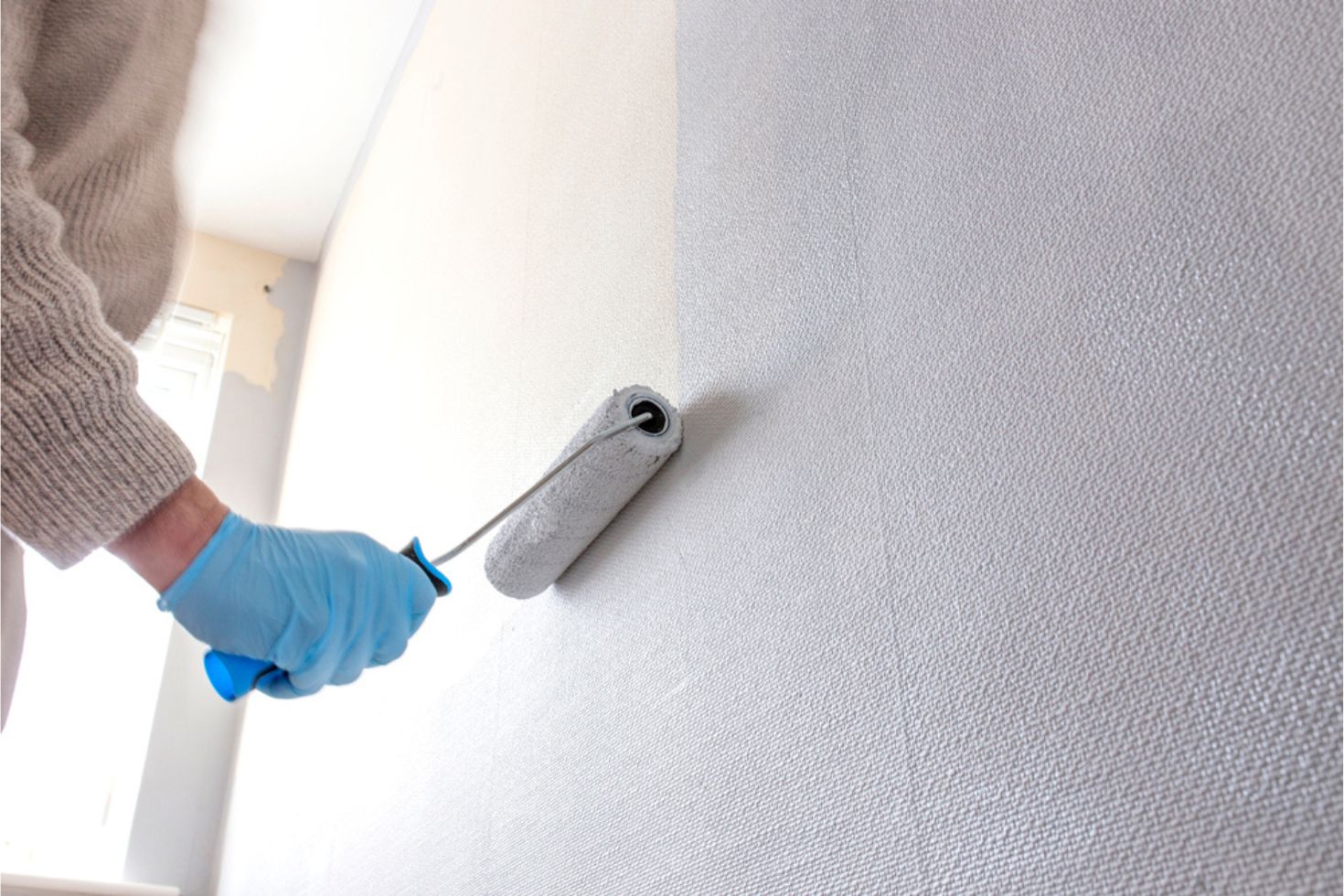
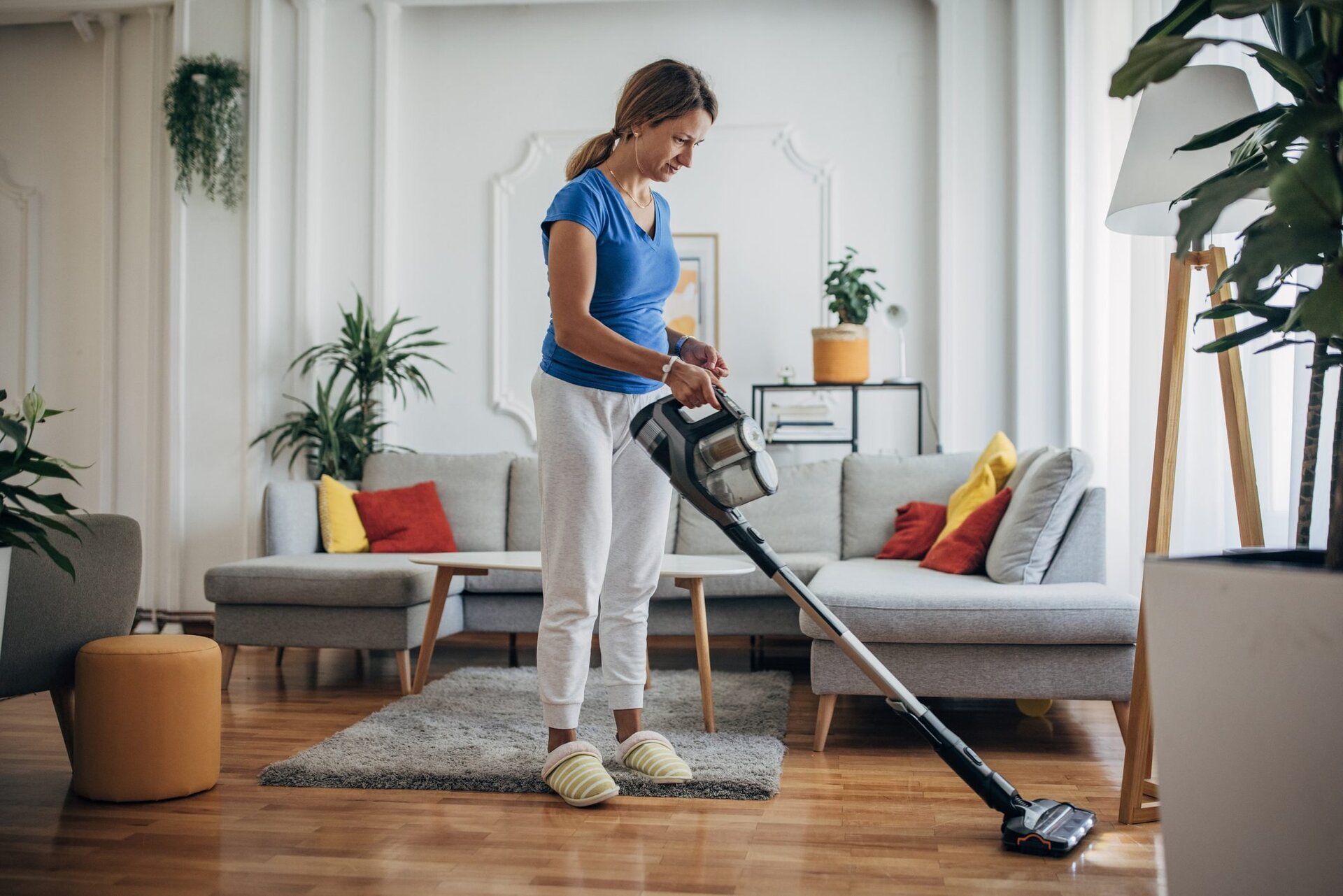
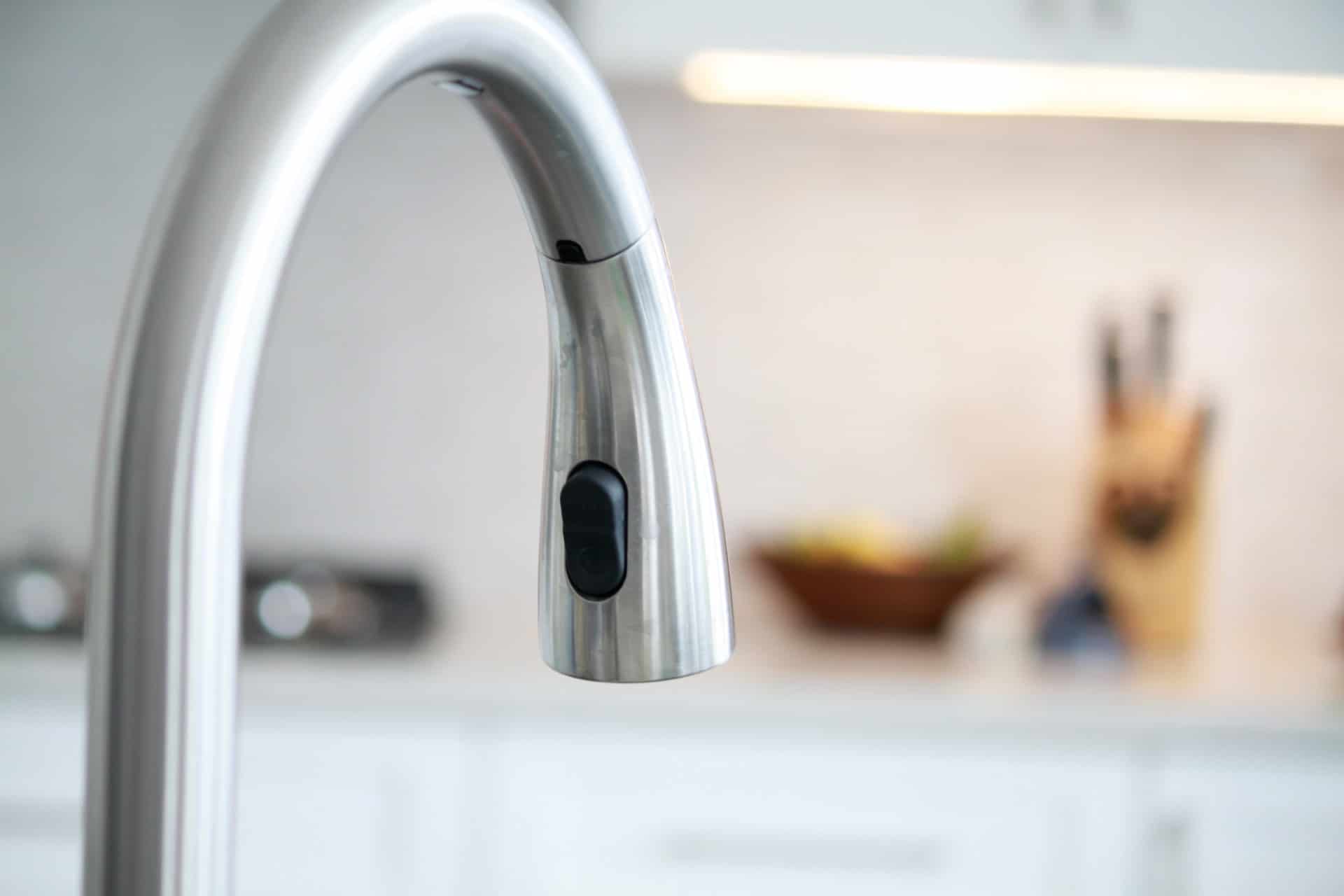
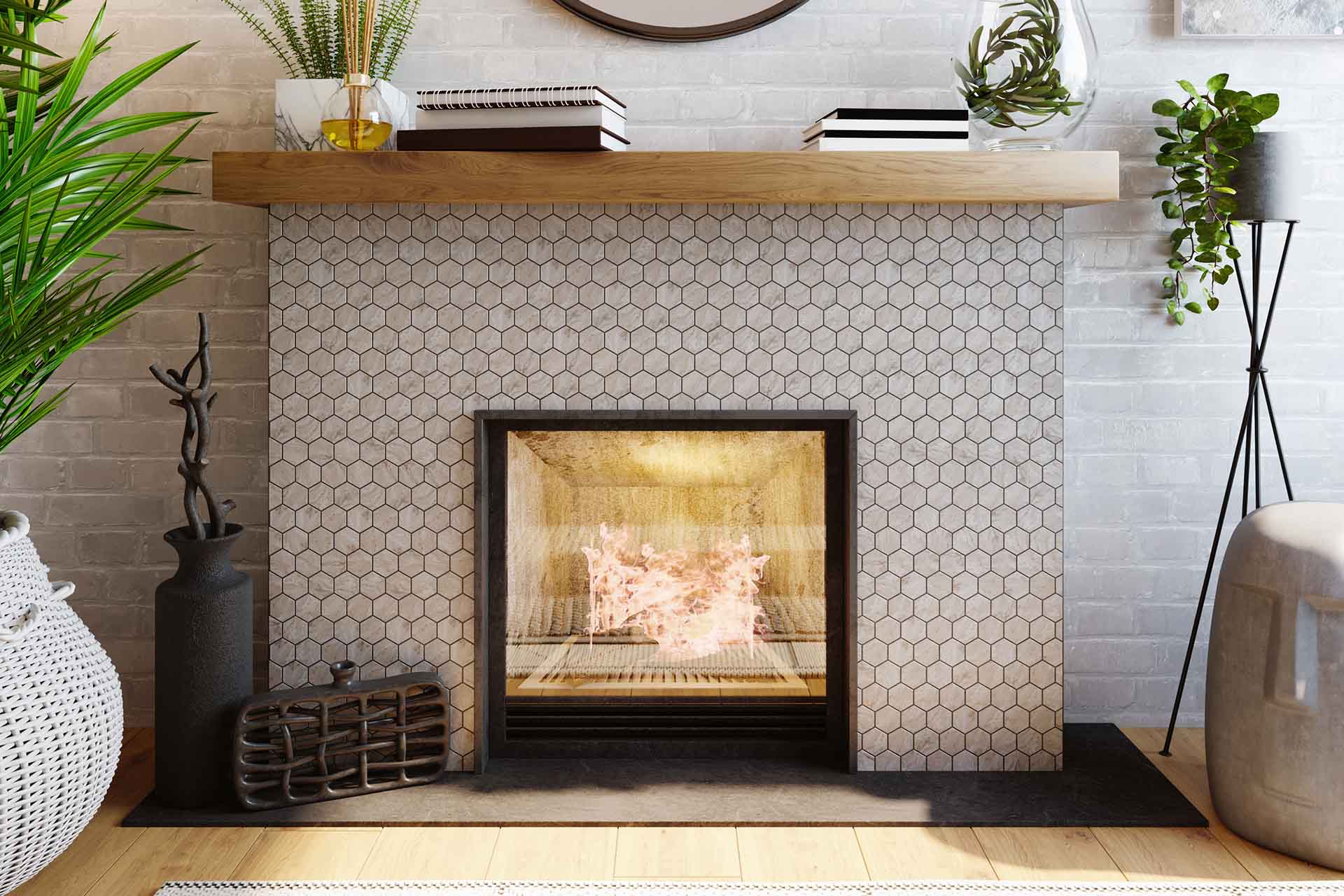
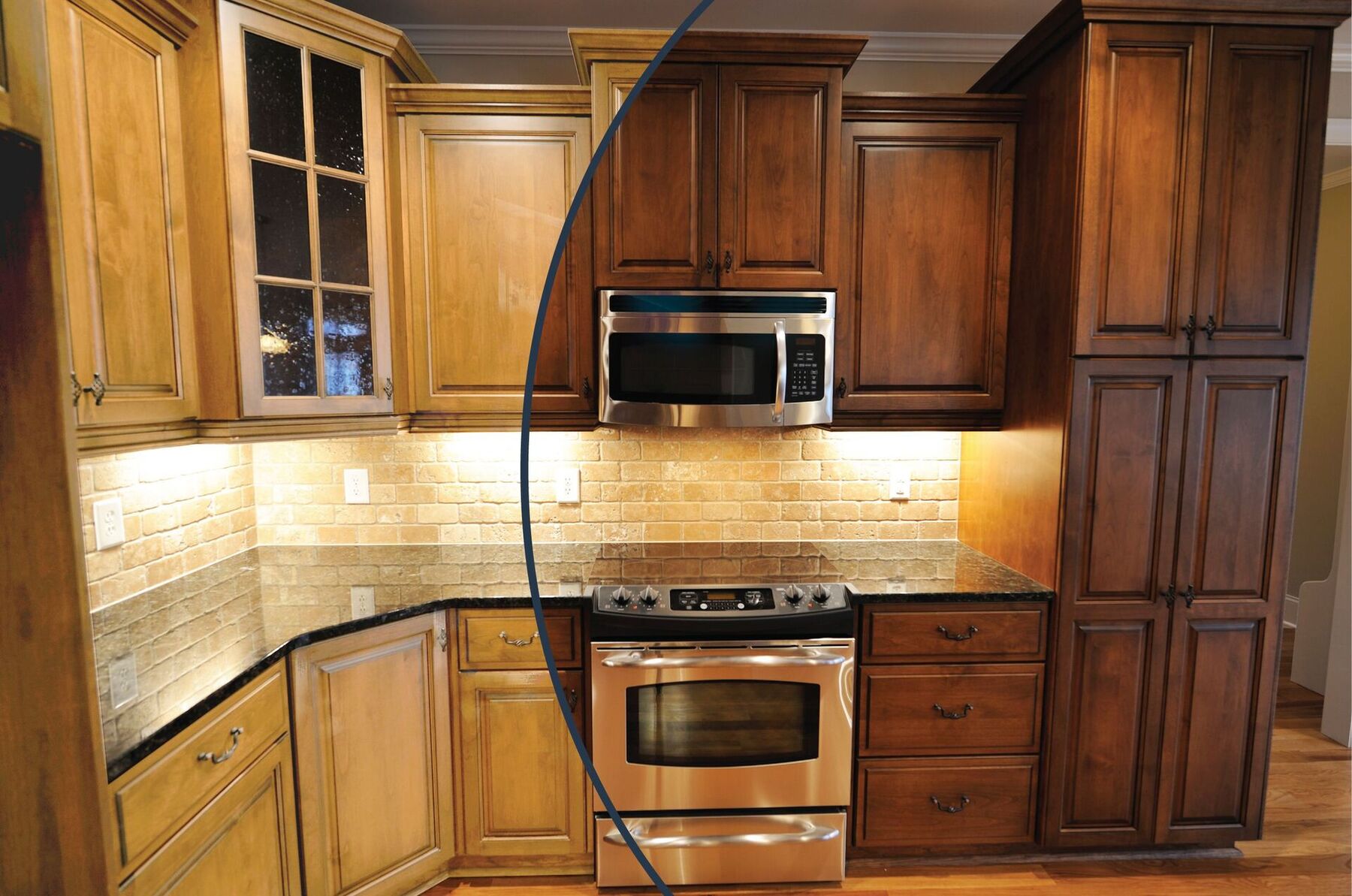
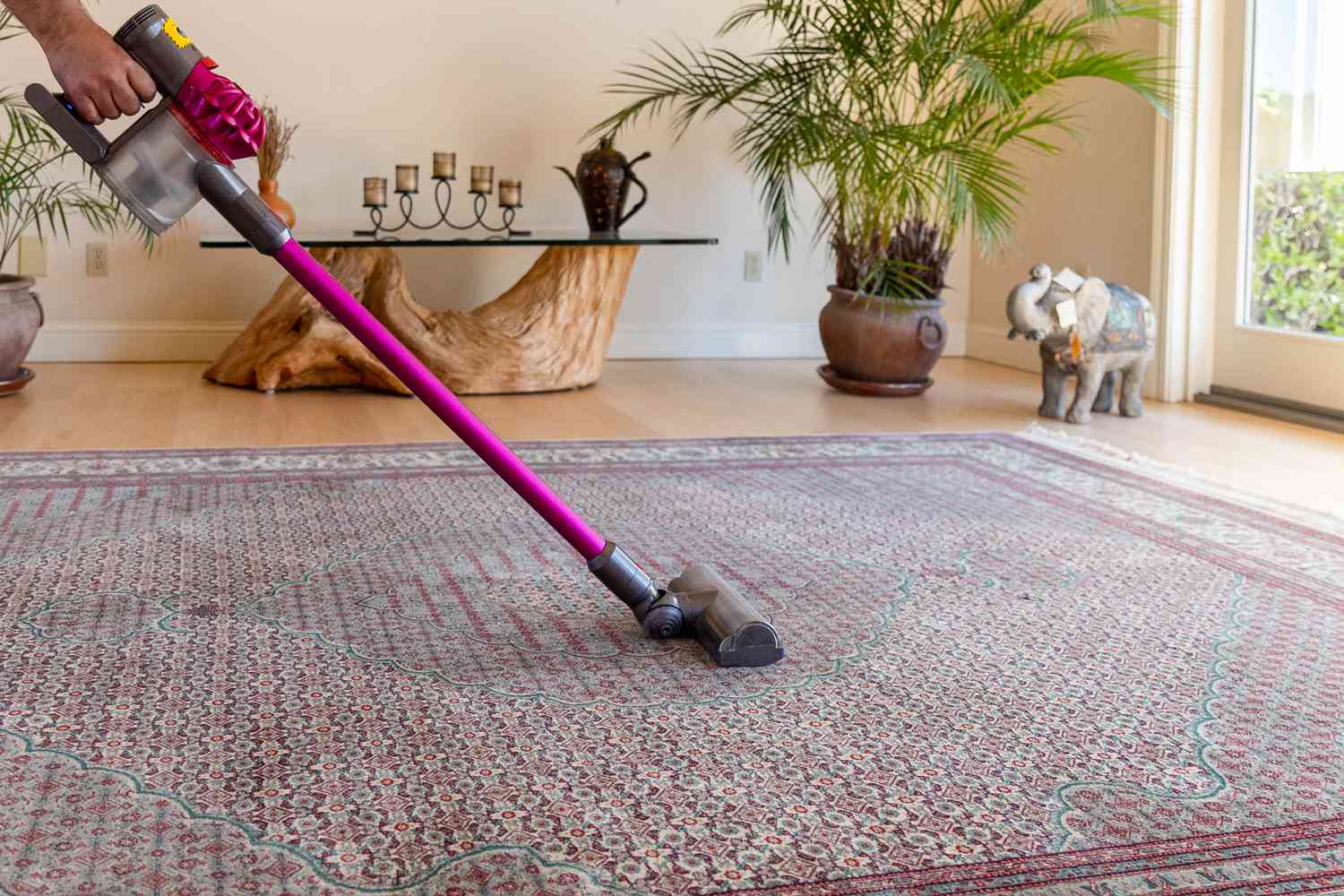

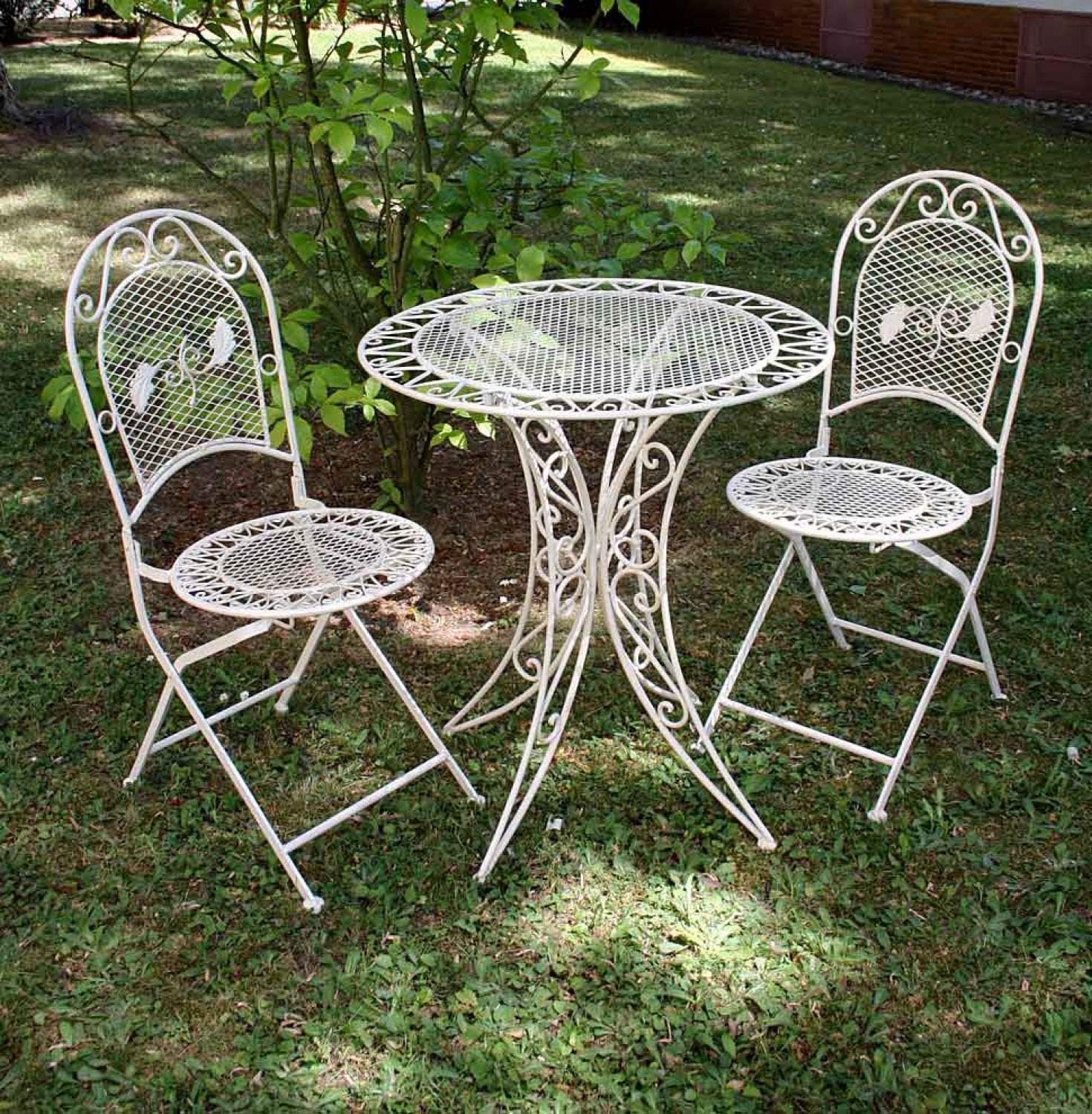
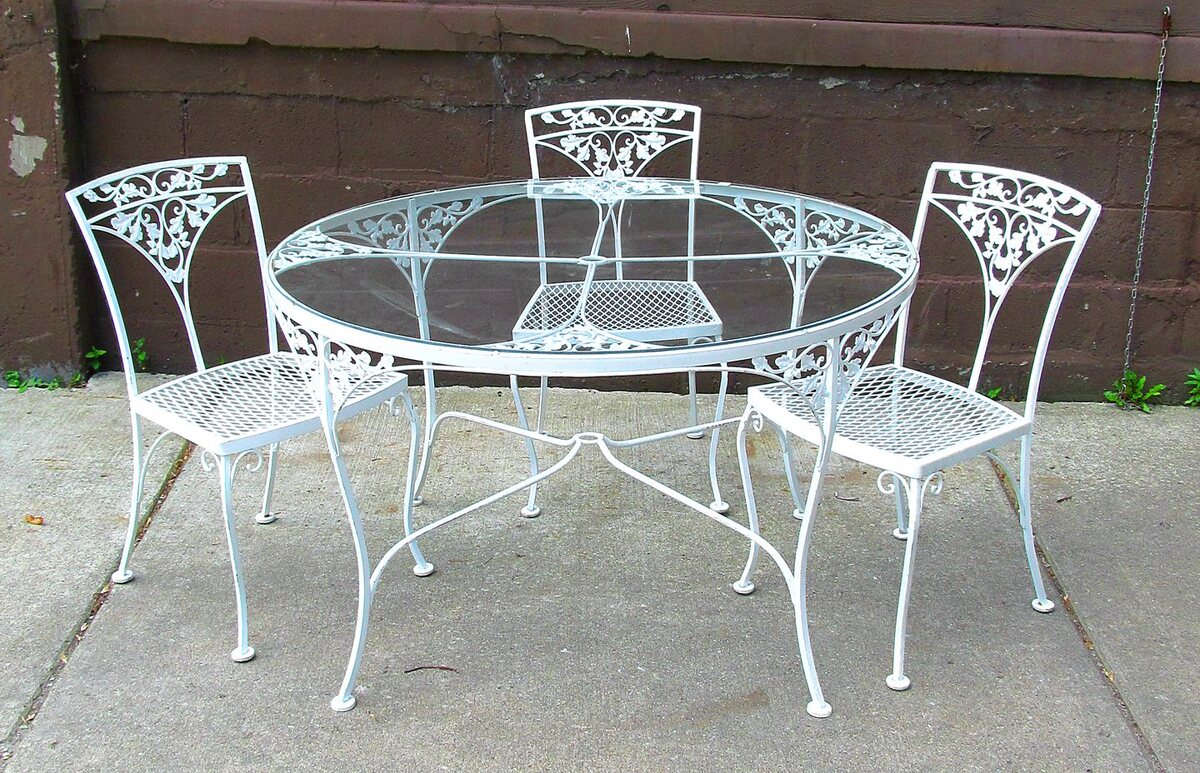

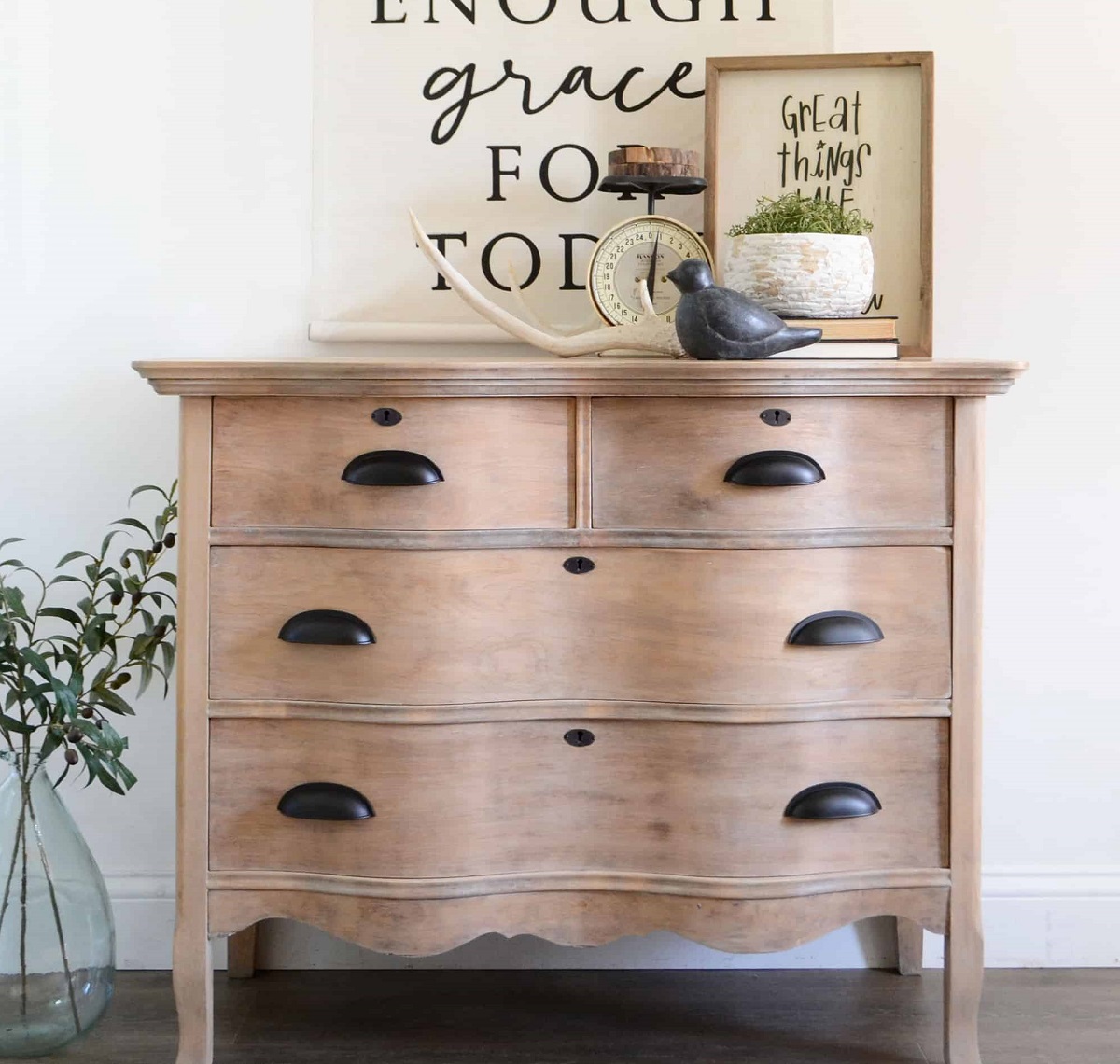
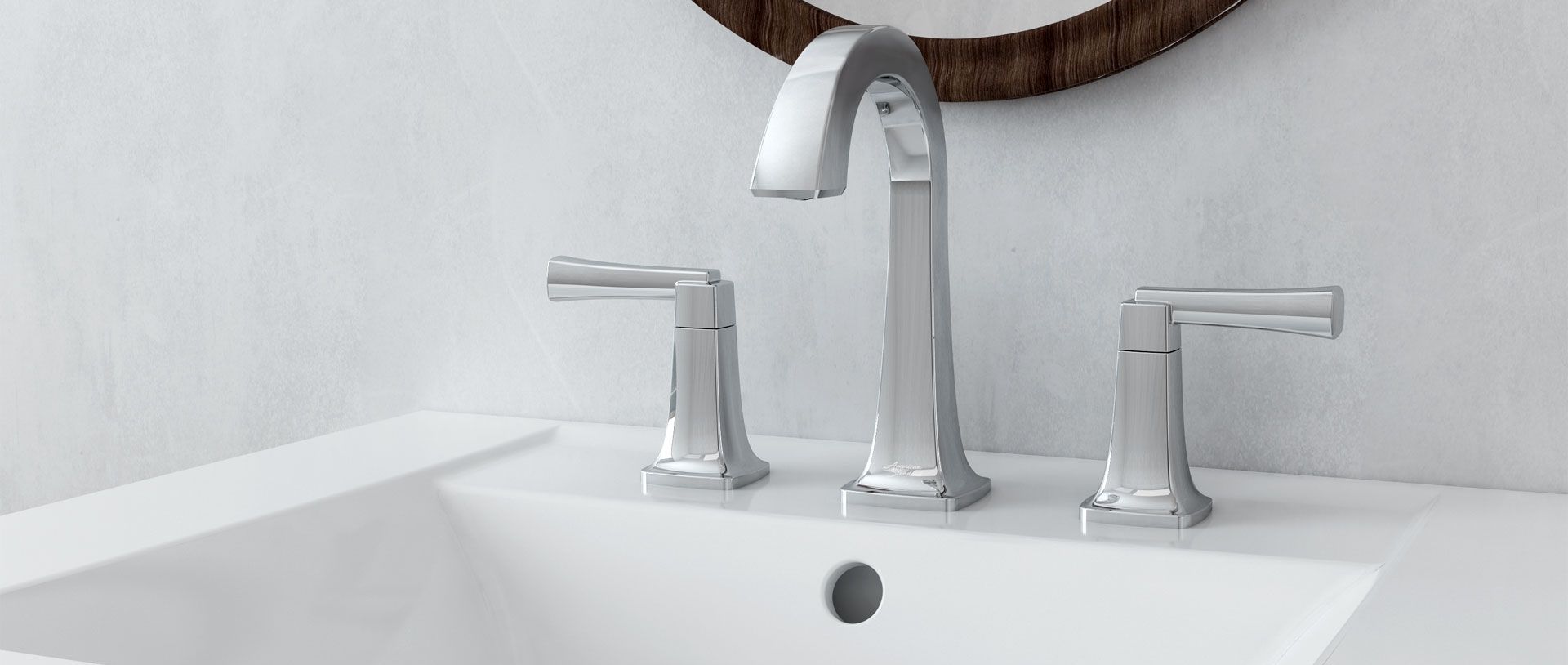
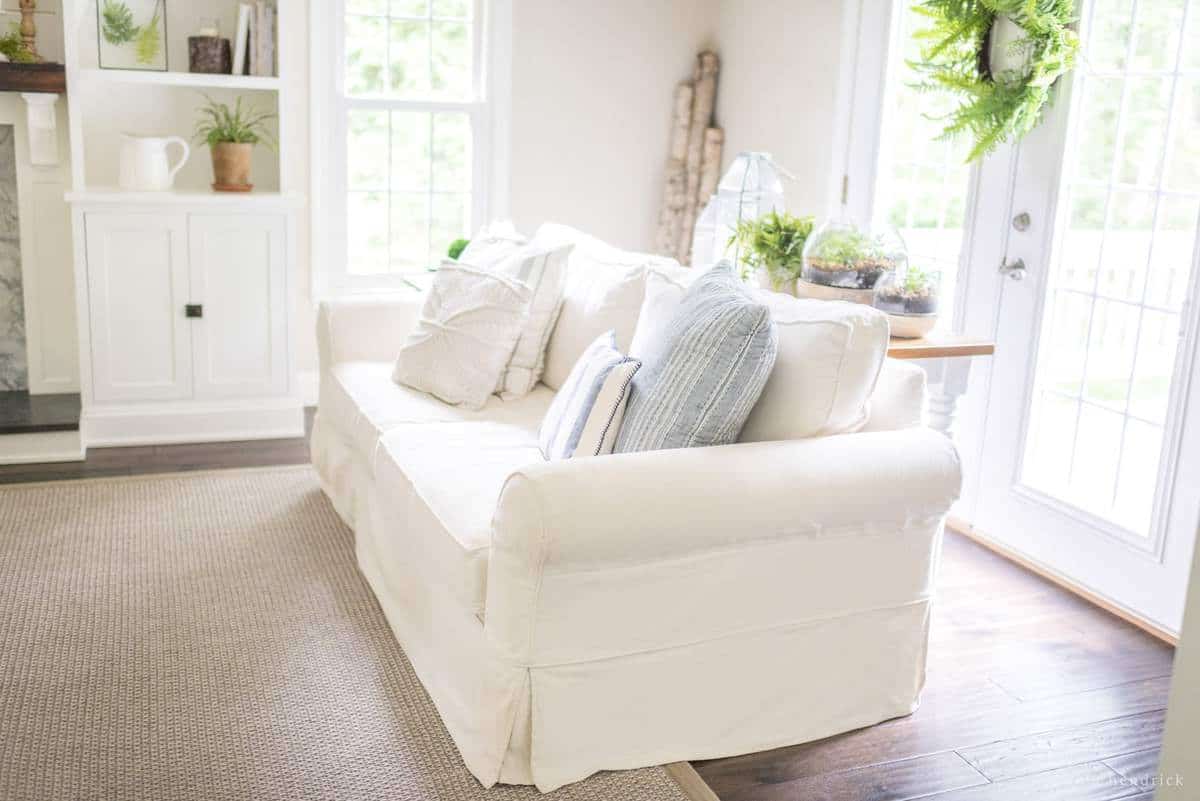

0 thoughts on “How To Shop For Vintage Furniture: An Expert Guide”